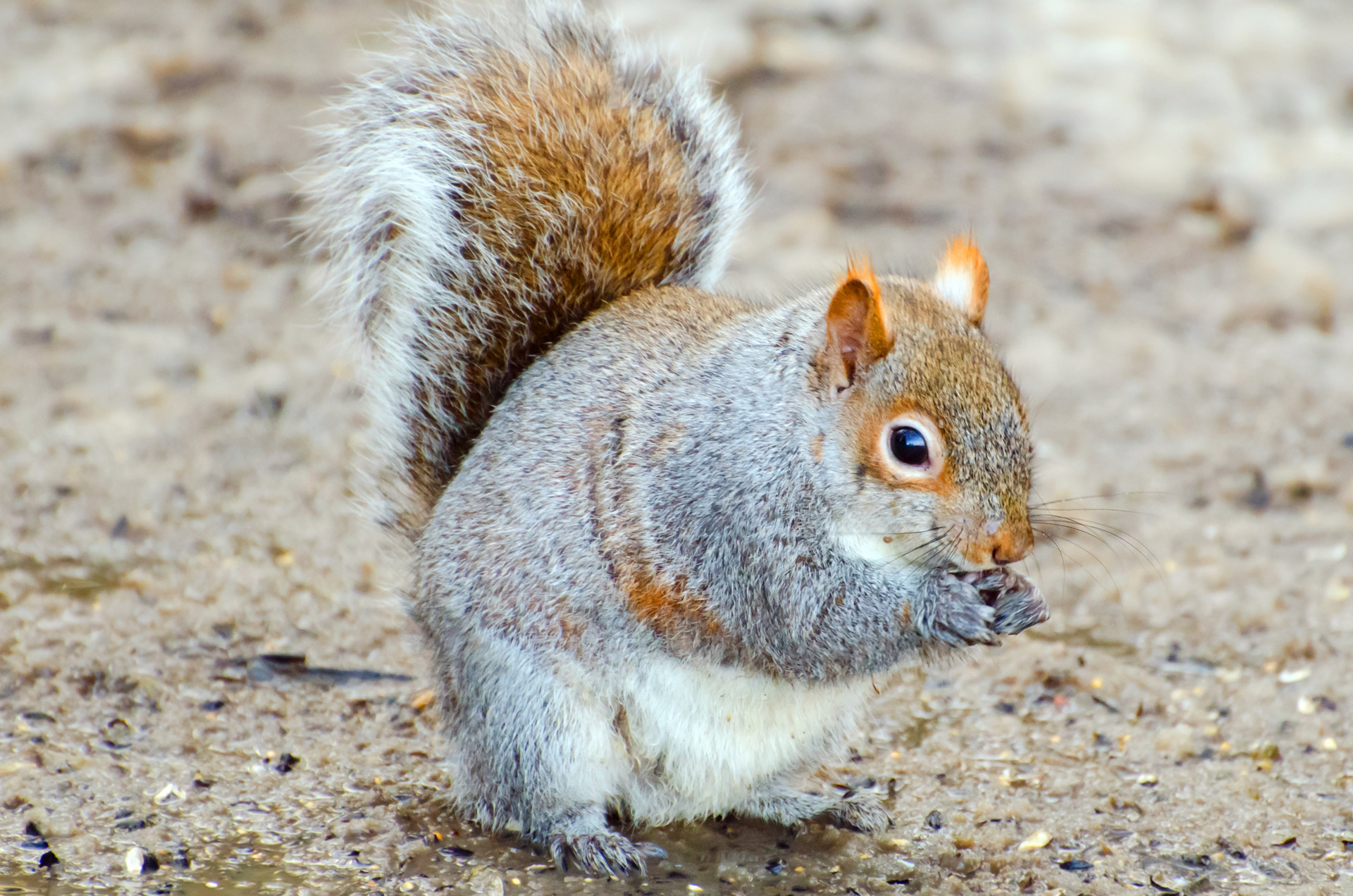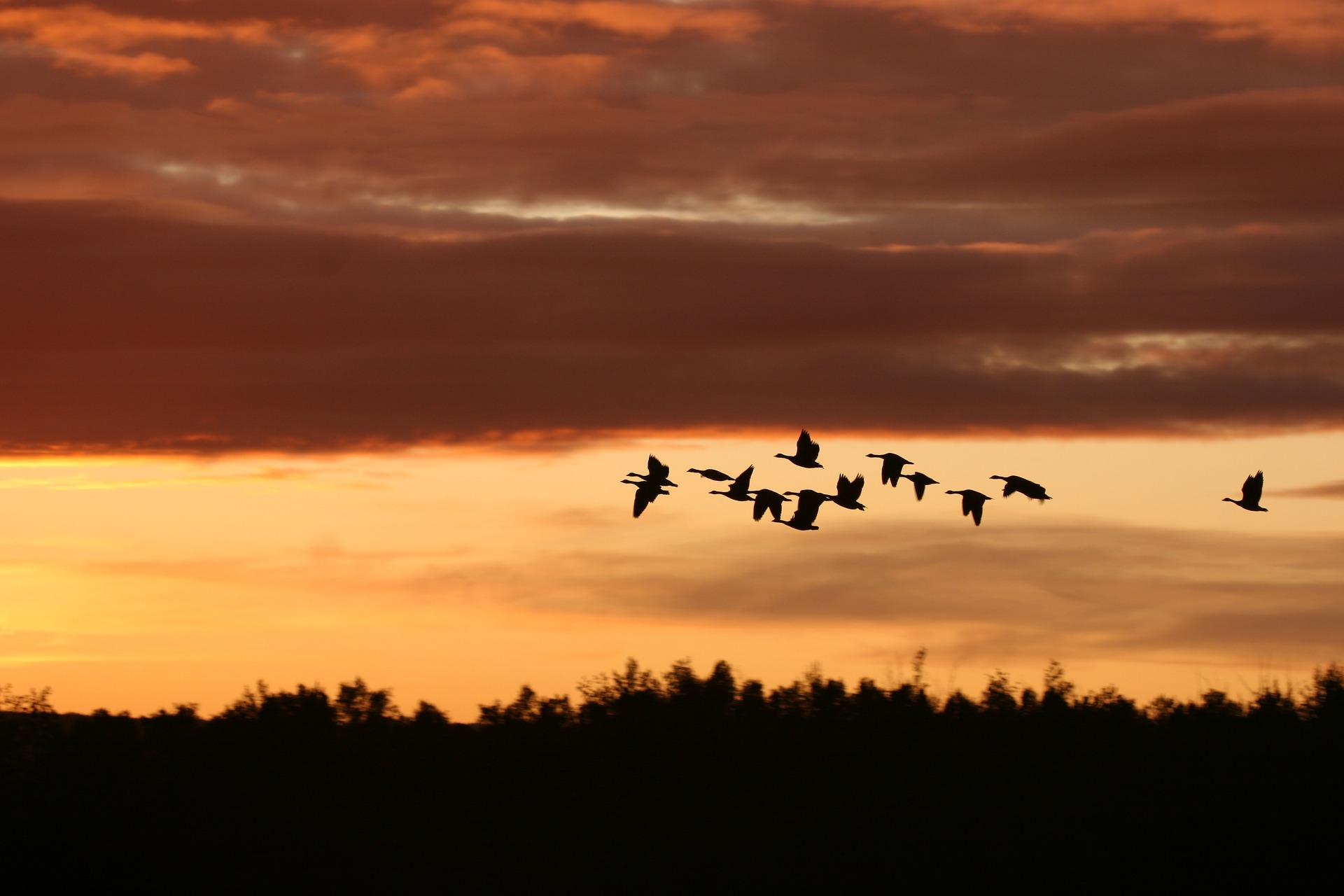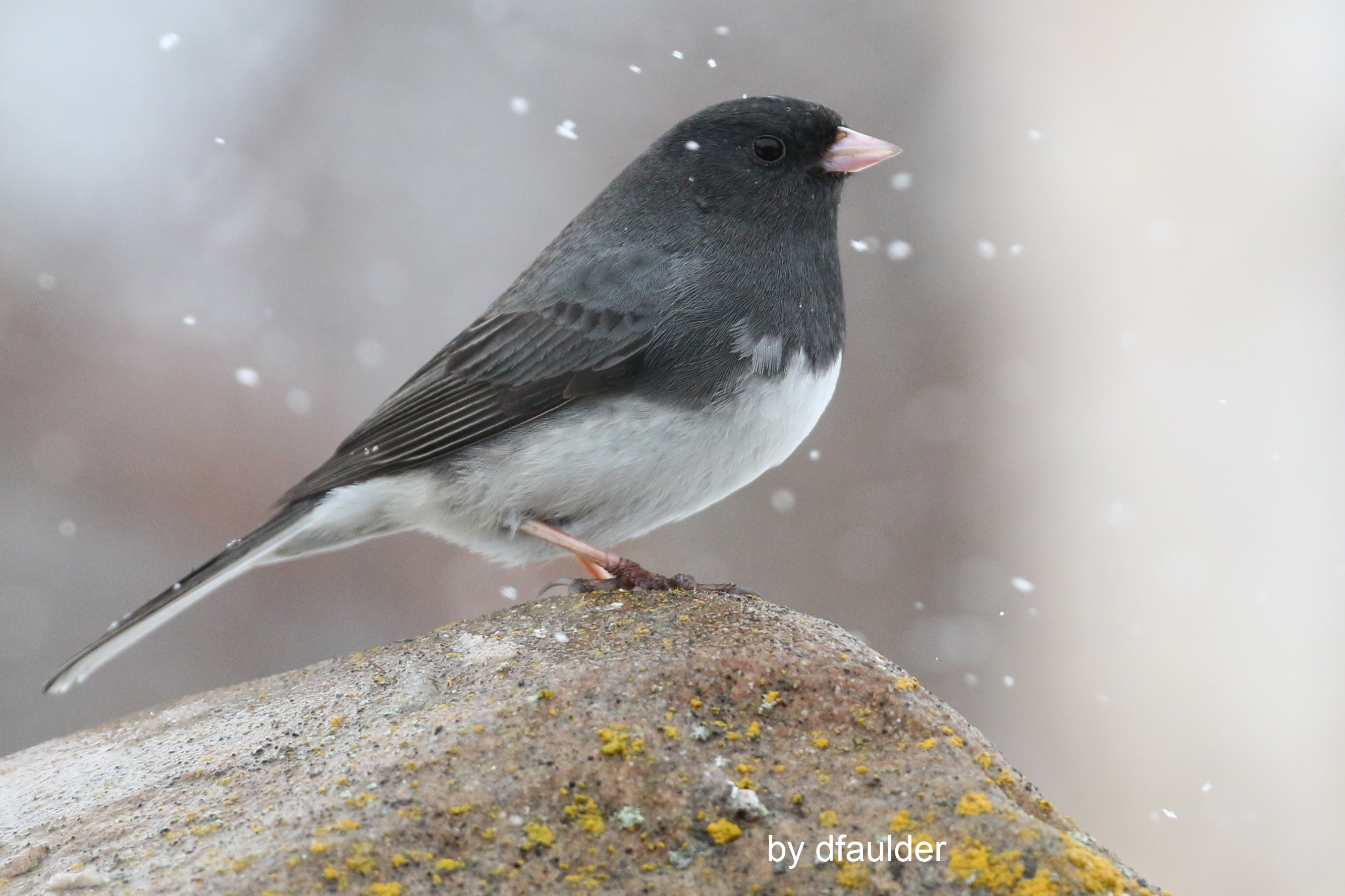Last week the white dusting of snow we got seemed like a welcome reprieve from my end of the season chores — the perfect opportunity to avoid doing any of the necessary but boring yard work ahead of me. Since it was only the beginning of November, I rationalized that there would be plenty of time to finish winterizing the landscape before harsh weather settled into the Midwest.

Imagine my surprise when I woke up this morning and it was snowing again. This time we are supposed to wind up with two to three inches before it all ends. Considering how fast and thick it’s coming down right now and what the temperatures are supposed to be for the next week, it looks like they may have underestimated accumulations and I may have overestimated the time I have left to prepare for winter.

Years ago, when we were young and energetic, we owned a landscape nursery and garden center in a very rural area of the Midwest. Many of our customers were locals who used cues from nature to predict the timing and conditions of the seasons throughout the year. If I ran across those customers today, I’m sure they would patiently explain to me that I had missed the sure signs that a blast of winter was coming early this year

Just for fun (since I couldn’t go outside and move my mulch pile) I did a little searching through some copies I had of old Old Farmers Almanacs and a few online sites to see what wisdom my customers might have shared with me. What really surprised me was that a few of their proverbs are grounded in scientific fact. Here are a few of my favorites:
ACORNS
Prediction: The more acorns falling from an oak tree, the harsher the winter will be.
Reality: The production of large seed crops is tied to weather conditions, but not predictive of them. The weather at the time of bud formation determines whether seeds will be produced.
ANTS

Prediction: Ants marching in a straight line in fall indicate a cold winter.
Reality: Ants from the same nest follow the scents placed and the sounds made by the ant in front of them. The instinctive behavior is crucial to their survival all year long.
SQUIRRELS

Prediction: If a squirrel builds its nest high in a tree, the winter will be unusually frigid.
Reality: Squirrels build their nests close to tree trunks high in mature trees regardless of the winter conditions. Observing the dimensions of the nest might tell you more about the upcoming weather. A thicker nest provides a stronger wind barrier.

Prediction: If the squirrels have bushy tails, then the winter will be long and cold.
Reality: Squirrels spend the fall consuming as much food as they can to put on winter weight. The weight helps to protect them from the cold. The more food that is available, the more they will consume.
MIGRATION PATTERNS – BIRDS AND BUTTERFLIES

Prediction: Birds and butterflies that migrate early indicate an early winter.
Reality: Weather cues, some passed on genetically and some simply reactive, alert birds when to leave an area. They can sense the coming of strong cold fronts accompanied by low pressure centers which means cold weather is coming.
WOOLLYWORMS

Prediction: Fat, fuzzy caterpillars with narrow orange bands around their middles tell us that the snow will be deep and the temperatures frigid.
Reality: The size of the orange band simply tells you how old the caterpillar is. Whenever it molts, it loses one of its original 13 bands.
And finally,
DARK-EYED JUNCOS

If you live in the Missouri and have seen a Junco on or near your bird feeder busily hunting for seed, then you know that early winter has arrived! Juncos stay in Missouri throughout the winter, then return to Canada in the early spring.

Over the years I have seen too many instances of professional horticulturists dismissing the local folklore and accusing it of being too unscientific to be believed. Granted, some of it is blatantly far-fetched and obviously borne of an earlier era filled with unfounded fears. While some sayings cannot be either proven or disproven, still others are derived from years of careful observations of authentic, recurring patterns in nature.

So the next time someone offers you a bit of folk wisdom from the Old Farmer’s Almanac, don’t automatically dismiss it. It just may be true.
